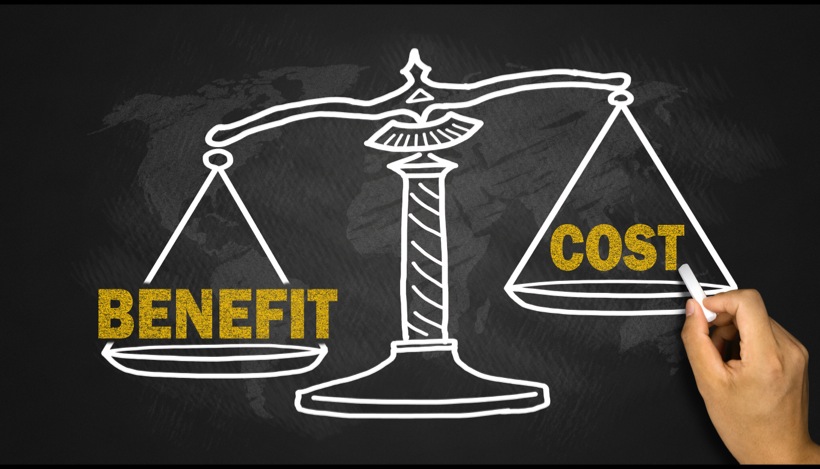Securing funding is one of the biggest challenges faced by entrepreneurs. It is especially challenging for smaller and newer businesses that have a limited track record and few assets. Most businesses start with financing from the owner, and perhaps family and friends, but as the business grows, outside sources may be required.
There are a number of options available for financing a startup, including bringing in investors (which dilutes the owner’s equity), term loan financing for tangible assets, such as equipment and real estate, and working capital financing to fund operations. This article looks at three options for financing working capital. Keep in mind, there is no one best option; each have their pros and cons.
Related: Which Funding Source is Best for Your Business?
For example, a traditional bank line of credit is the least expensive, but is the hardest to qualify for and has the most restrictions. Factoring is more expensive, but easier to qualify for and less restrictive. The best option is the one that best fits your specific needs at a given time, based on your unique situation.
The following table provides a quick overview of three working capital financing products to help you determine the best funding option for your business based on your specific situation.
| LINE OF CREDIT | ASSET BASED LOAN | INVOICE FACTORING | |
| WHAT IS IT? | A business line of credit is a revolving loan with an established credit limit that the borrower can access and maintain. The credit limit is determined by the financial strength of the borrower. | An asset based loan is a revolving business loan secured by the assets of the business including accounts receivable, inventory, equipment and real estate. | Factoring is a financial transaction where the business sells its accounts receivable (i.e., invoices) to a third party (called a factor) at a discount for immediate payment. |
| PROVIDED BY | Bank | Alternative lender or bank | Alternative lender |
| BEST SUITED FOR | Well established companies with positive cash flow and strong balance sheets. | More established companies with significant assets in accounts receivable, inventory, equipment and/or real estate. | Young, rapidly growing, or financially challenged companies with limited assets and weaker balance sheets. |
| FUNDING CRITERIA | Funding based on the strength of the business. Usually must be cash flow positive and have the ability to service the debt. Must have a strong balance sheet. | Funding based on the assets of the business and ability to service the debt. Can have a weaker balance sheet. | Funding based on the size and quality of the business’ customers and accounts receivable. Can have a weak balance sheet. |
| EASE OF QUALIFYING | Most difficult | More difficult | Easiest |
| TIME FRAME TO SET UP | 4 to 12 weeks | 4 to 6 weeks | 1 to 2 weeks |
| CREDIT LIMIT | Fixed limit. May be increased annually based on financial review or may require a new application. | Limit determined on a monthly basis based on the value of the margined assets. | Limit determined on a daily basis based on the amount and quality of accounts receivable. |
| COST | Least expensive | Less expensive | Most expensive |
| ACCESS TO FUNDS | Daily. Transfer funds from loan account into bank account as needed. Need to provide quarterly financial statements. | Daily. Need to submit monthly borrowing base certificate and supporting documents. | Daily. Need to submit schedule of accounts and copies of invoices and supporting documents. |
| IMPACT ON CUSTOMERS | Customers unaware | Customers unaware | Customers may be contacted with full notification factoring. Customers unaware with non-notification factoring. |
| MAINTENANCE | Most difficult. More encompassing covenants that must be maintained. | More difficult. Usually a few covenants that must be maintained. | Easiest. Usually no covenants. |
| COLLATTORAL REQUIREMENTS | Most difficult. First position on all company assets. | More difficult. First position on all margined assets. | Easiest. First position on accounts receivable. |
Related: Sign up to receive the StartupNation newsletter!
So which type of funding is best? The short answer is there is no “best” product. Each one has its pros and cons and the best solution is the one that best fits a company’s specific situation and need at the time, so be sure to find the best fit for your startup.






